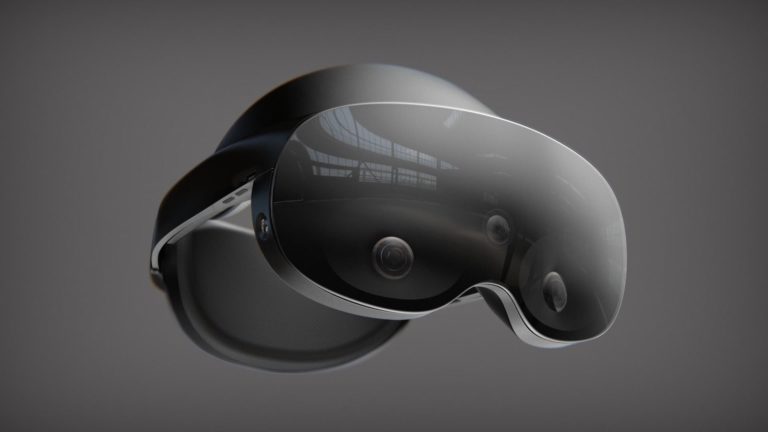
Do you remember the excitement back in 2021…
At any moment, both Apple and Meta were poised to launch full-blown AR headsets for the consumer market, Samsung teased a compelling AR glasses video, Snap was actually starting to ship an AR device, (albeit only for developers), and even Niantic was said to be working on glasses of their own.
Fast forward, and the picture has drastically changed. Meta has delayed its most ambitious AR device, ‘Project Nazare’, while Apple’s AR glasses, (not to be confused with its nearer-term mixed reality device), is still stuck somewhere in the dark depths of the rumor mill, with some signs it’s been delayed or even canceled. The past year went by with only a few products landing in the AR consumer market.
But, the void created by the waning AR glasses market has been filled by the sudden rise of mixed reality. This may seem surprising, since MR, after all, is nothing more than a VR headset with eyes, or, more precisely, with the addition of a passthrough camera that allows users to view their physical surroundings.
Mixed Results
The addition of a passthrough camera may not, at first blush, sound that revolutionary, but it can transform the disorienting, uncomfortable experience of VR into something much more palatable for the average person.
We all have a basic human instinct to check our surroundings — it is hard-wired into our systems to ensure our safety. When we use VR, we can’t do this, and this makes for a very uncomfortable sensation. With MR, the discomfort is reduced, and we can remain in VR longer, and with less aversion.
If this holds true, VR may finally start to move from being almost exclusively a gaming platform to being a full-blown general-purpose device, with uses in social, productivity, commerce, and collaboration — in other words, the metaverse.
The rush to MR is picking up momentum. Apple has been reported to demonstrate such a device to its board of directors, and avid Apple watchers are now predicting that the device, codenamed N301, will be released around the time of WWDC this spring.
In the meantime, Meta has brought its MR offering, codenamed Cambria, to the forefront, with Mark Zuckerberg posting a video of himself using Cambria, and featuring the passthrough camera and its ‘presence’ capabilities. That headset eventually took form in September as the Meta Quest Pro. And that was followed by the comparable and competitively-priced HTC VIVE XR Elite.
Moving to the Forefront
Prior to Quest Pro and HTC VIVE XR Elite, there were a few MR headsets already on the market. Most notably, Helsinki-based Varjo has the XR-3. It is bulky, tethered to a huge base station, and awesomely expensive. But, it delivers an eye-popping display and a high-resolution passthrough camera with low distortion. Despite its price and other limitations, the Varjo product has been met with great enthusiasm in the enterprise and prosumer markets.
Within mixed reality, virtual objects can be indistinguishable from real ones, which makes the immersive experience much more convincing. The quality will not be as good as the naked eye, but everything is on equal footing. In this sense, MR is superior to anything that AR will be able to deliver in the next few years.
It is important to remember that mixed reality is not a substitute for what AR can ultimately deliver. Its use will be limited to indoor, non-mobile applications, and it does not allow interaction of people within MR to those outside of it. And, it is still a lot of hardware to wear on your head.
The full experience of immersive technology will not be realized until AR emerges from hibernation and moves, once again, to the forefront.
 Dovid Schick is CEO and founder of Tap Systems.
Dovid Schick is CEO and founder of Tap Systems.

